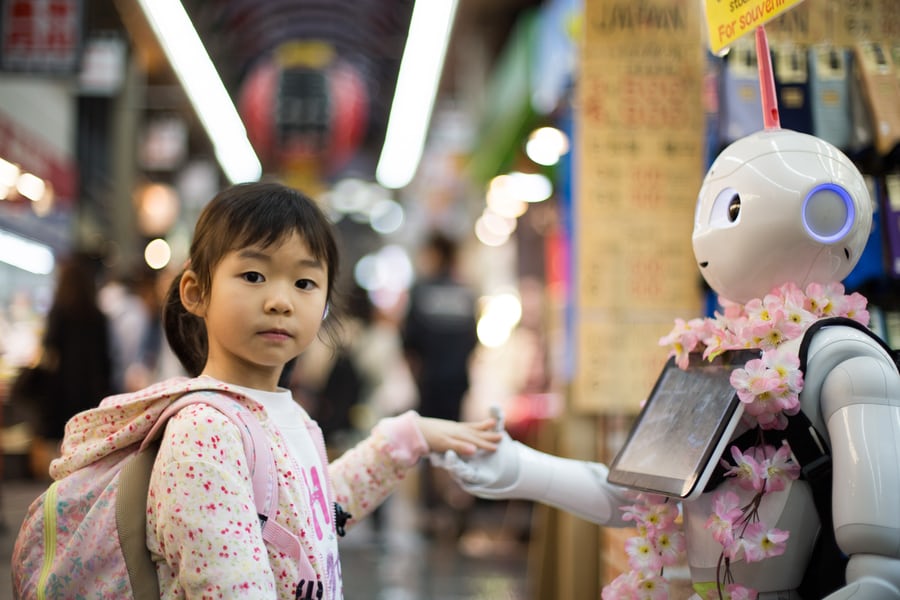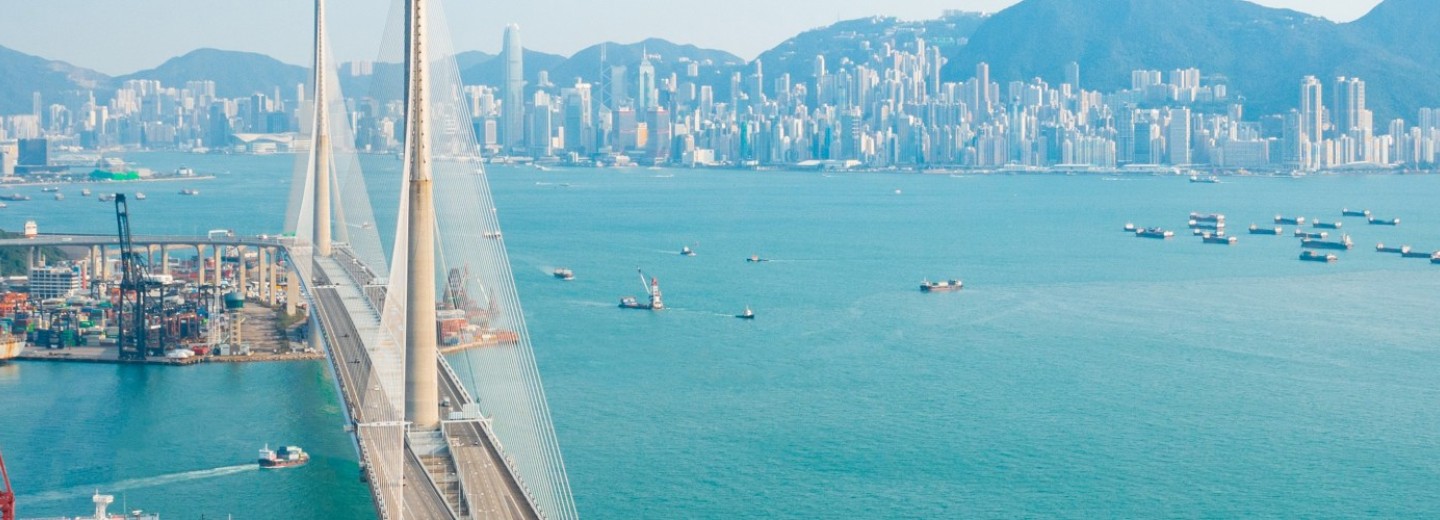China news 27th October 2020
First point in Xi Jinping’s speech that is worthy of attention.
In the author’s opinion, there are three points in Xi Jinping’s speech in Shenzhen that are particularly worthy of Hong Kong’s attention. First, Xi Jinping issued an important announcement to the world demonstrating Hong Kong’s special status as an international financial centre and a free port in China’s opening up. Hong Kong’s unique advantages are irreplaceable.

Second point
Second, Xi Jinping emphasised the development of the Guangdong-Hong Kong-Macao Greater Bay Area. This is the main platform for Hong Kong to integrate into overall national development is, which is beneficial to Hong Kong. The convergence of rules and the logistics of adjustment will be the focus.
Third point
Third, Xi Jinping said that the central government attaches great importance to Hong Kong’s youth issues. Chief Executive Carrie Lam’s announcement of the postponement of the “Policy Address” on the eve of the Shenzhen celebration meeting, not only indicates that the central government will soon introduce measures to support Hong Kong, but also shows that Hong Kong, in a difficult period, particularly needs the support of the central government.
Since Xi Jinping came to power, he has come to Shenzhen three times. Each time he showed the world his determination and confidence in deepening reform and opening up. However, this time was particularly important. Some even compared Xi Jinping’s Guangdong trip to Shenzhen and Deng Xiaoping’s Southern tour.
The main reason for the comparison of the two occasions is that China today is at an important historical juncture.
In the face of unprecedented changes, the risks and challenges of the United States and Western containment and de-globalization, and the severe economic difficulties brought about by the global pandemic, China’s actions have drawn global attention. President Xi clearly stated that China’s reforms will not stop, opening up will not stop, and reform and opening up will be promoted from a higher starting point. Development will continue.
From an economic point of view, the most important value of Hong Kong to the country is its special role as an international financial centre and a free port. Xi Jinping emphasized that Hong Kong’s position and role will only be strengthened and not weakened as the country expands its opening up. The construction of the Guangdong-Hong Kong-Macao Greater Bay Area is a key point of Xi Jinping’s speech in Shenzhen.

Three points are worth noting:
- Comprehensive and accurate implementation of the basic policy of “one country, two systems” is the basic requirement of the central government for the construction of the Guangdong-Hong Kong-Macao Greater Bay Area.
- Full participation in the construction of the Greater Bay Area is the main platform for Hong Kong to integrate into the overall development of the country. However, different social systems are implemented in the Greater Bay Area and the economic, legal, and social management systems and mechanisms are extremely different. At present the cross-border flow of people, goods, funds and information is restricted. One of the priorities for the construction of the Greater Bay Area in the future is to promote the integration of rules and mechanisms and improve market integration. Otherwise, not only the Greater Bay Area will be affected, but Hong Kong’s integration into the overall national development will also be hindered.
- Doing a good job in youth work in Hong Kong is an important requirement for the Greater Bay Area. The central government has been very concerned about the healthy growth of young people in Hong Kong. The participation of a considerable number of them in the recent riots has attracted serious attention from the central government. Xi Jinping called for Hong Kong and Macao youths to study, work and live in the Mainland. It can be expected that relevant parties will introduce more support measures to help more Hong Kong youths participate in the construction of the Greater Bay Area.
In order to tie in with the measures to support Hong Kong to be launched by the central government, Carrie Lam announced the postponement of the release of the policy address. The policy of continuously relying on fiscal reserves to “distribute sugar” to alleviate difficulties is no longer sustainable. It is difficult for the SAR government to release its policy address under such circumstances. Hong Kong, which is in trouble, particularly needs the assistance of the central government. Xi Jinping’s speech in Shenzhen has clearly conveyed the central government’s strong support for Hong Kong. If the new year’s policy address of the SAR government can be connected with the central government’s arrangements to support Hong Kong, it will drive Hong Kong to rejuvenate its economy, improve people’s livelihood. I believe Hong Kong people will be happy to see it.
Source: zaobao.com.
Western media is critical of and alarmed by China’s Belt and Road initiative. A report originating in a Spanish journal and repeated by Chinese media aims to show why both criticism and alarm are not justified.
Not surprisingly, Western media often describe the “Belt and Road” initiative as a major threat to the sovereignty, power, and regulations of Western countries. It is seen as a huge “strategy” that intends to spread new ideas and new rules for governance. Because of this, the rapid participation of many countries in this initiative has also caused concern. Western countries assert that an economically successful China will inevitably want to promote a new hegemony and establish a China-centric order in Asia. More specifically, they believe that the goal of the initiative is to build a strong China in Eurasia to counter the “return to the Asia-Pacific” strategy proposed by former US President Barack Obama, who aims to contain China’s influence in the region.

These interpretations are indeed fascinating, but the intricate planning of the “Belt and Road” initiative shows that if it is interpreted purely from the perspective of power, the essence of the “Belt and Road” initiative is missed. These changes will eventually Influence cooperation among all countries and economies participating in this initiative. They cannot be classified as a traditional rigid regionalism that combines the state and the market, let alone as a sign of China’s resistance to the US geopolitical siege.
It is also true that the huge investment in the infrastructure of the “Belt and Road” initiative does not mean that China is expanding its territory, nor does it mean that it has to redesign its borders with other countries. The key to understanding this initiative is that while Chinese participants seek benefits and contribute their own development experience and economic strategy, they will inevitably involve the reconstruction process of the existing facilities and require political negotiations with local communities and governments.
Given the project’s vision, it is certainly part of China’s process of seeking to strengthen its identity in the “post-Western” era. Obviously, the important consideration behind the initiative is not only to call for the formation of a multi-polar world order that includes other values, but also to ease tensions and increase mutual trust between China and neighbouring countries, thus providing a long-term peaceful environment for China and all countries.
Although the “Belt and Road” initiative is a project led by the Chinese government and places emphasis on state and private investment, it is still open and evolving, and not a unique and huge strategy. This integration process of approaching and building together with other countries cannot be understood by traditional realism or geopolitical viewpoints in international relations. The United States and the entire Western system view China as a threat, making them more and more suspicious and dissatisfied.
According to their imagined power game, one can easily predict their reaction to China’s rise. That is, trade wars, hostilities and discrimination.
Source: column.cankaoxiaoxi.com.
*The Reasonable Man has made two posts about the historical Silk Roads and will shortly be publishing one on Belt and Road.
Scientists have always wanted to design artificial eyes, but this task is still very challenging. The structure of human eyes is extremely complicated. According to the latest news, an international team led by scientists from the Hong Kong University of Science and Technology (HKUST) has developed the world’s first 3D artificial eye.
This “electrochemical bionic eye” replicates the curved structure of the human eye for the first time. It is a visual humanoid robot bringing visually impaired patients bring new hope.
The most critical technology of the artificial eyeball is the retina. Scientists have been committed to creating a retina comparable to humans and realizing true bionic vision.

Because the curved surface of the human eye is too difficult to imitate, the artificial eye using the planar integrated circuit chip, which is currently used in hospitals, can only simulate part of the human retina. It gives a fuzzy visual effect. Scientists have spent decades trying to replicate the structure and clarity of biological eyes, but the vision provided by existing artificial eyes is still very poor.
The main breakthrough of this electrochemical eye is the creation of a 3D artificial retina. This artificial retina is equipped with many nanowire photoreceptors to simulate the photoreceptor cells in the human retina.
Scientists believe that this kind of electrochemical eye can not only meet the needs of the visually impaired in the future, it can also be used in medical robots to realize a series of functions such as taking care of patients.
Source: tech.ifeng.com.
Worked on the article:

Wanlikhang





